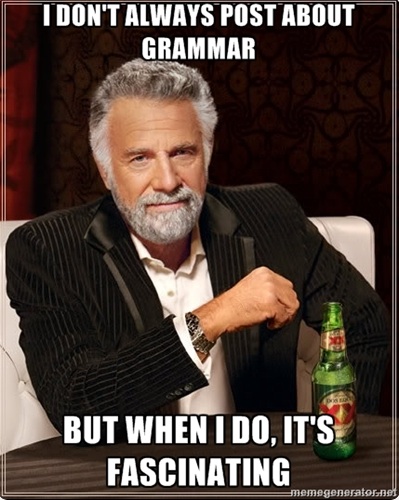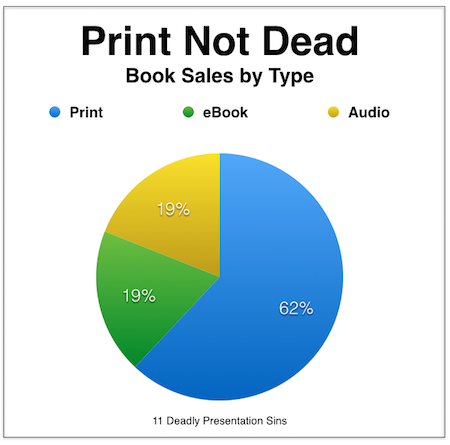I remember reading The Sun Also Rises in high school and wondering why Hemingway insisted on taking readers on an intricate, turn-by-turn journey through the streets of Paris, literally naming every Rue and Place and Cafe along the way.
(And wouldn’t it be awesome, by the way, to have Papa’s voice on GPS, offering directions in clipped, muscular prose and pointing out nearby points of interest? “Turn right here. You’ll find a clean, well-lighted place. Best damned absinthe outside of Montparnasse.”)
But even though I recognized none of those neighborhoods or streets or landmarks, I couldn’t help feeling immersed in that time and place. And that points to one of the most fundamental lessons of writing: there is truth in specificity.
Instinct would tell you that the more general you are, the more likely you’ll appeal to a wider audience. But actually it’s the opposite. The details — even the obscure ones — help bring the story to life.
I was reminded of this when I read a Washington Post story this past weekend about the old ’80s pop group Squeeze. Like every person of a certain age, I listened to the Squeeze Singles album at least 4,000 times around my college years. They turned out classics like Black Coffee in Bed and Cool for Cats. The melodies were as irresistible as the lyrics were quirky.
Here’s an interesting insight on the group’s approach to writing lyrics:
The songs have always been unapologetically British, their plots unspooling in pubs and on windy commons. They reference tellies and tenners, borstals and bedsits. “Tempted” – the 1981 hit sung by Squeeze’s then-keyboardist Paul Carrack – begins “I bought a toothbrush, some toothpaste, a flannel for my face.”
Glenn, did anyone ever suggest you should maybe sing “A washcloth for my face” instead? You know, translate for the American market?
“No,” he says with a laugh. “For me when I was growing up and I was listening to Chuck Berry or Bob Dylan or Randy Newman, they were talking about American things I didn’t understand. I think people just fill in the gaps. … I’ve never felt the listener ever had to understand everything to get the big picture. And a little mystery can be charming, as long as it’s not too self-knowing.”
Squeeze’s best songs are about the small picture, pointillist pop that tells heartbreaking stories in three-minute slices.
Excellent lessons. You don’t have to “get” every detail to appreciate the big picture. In fact, it’s the details you don’t get that can be the most intriguing. There’s nothing wrong with challenging the listener (or reader) to “fill in the gaps.” It keeps people engaged.
Too often, the tendency is to dumb everything down to the lowest common denominator. And that’s probably necessary for an instruction manual or, say, guidelines for handling hazardous waste. But for speeches and stories and the like, genericism (I just made that up) can suck the life out of things.
Don’t be afraid to revel in the details.





